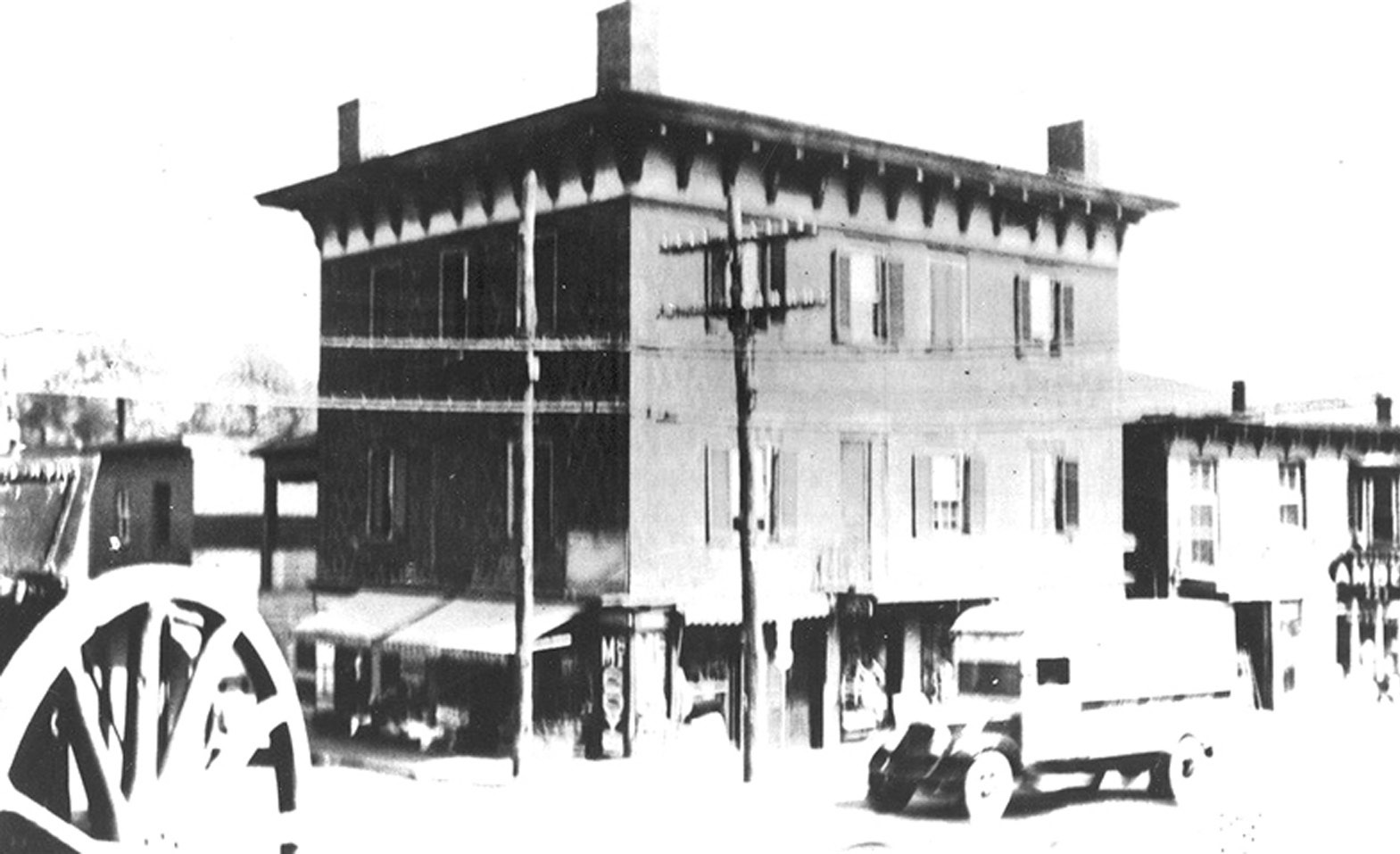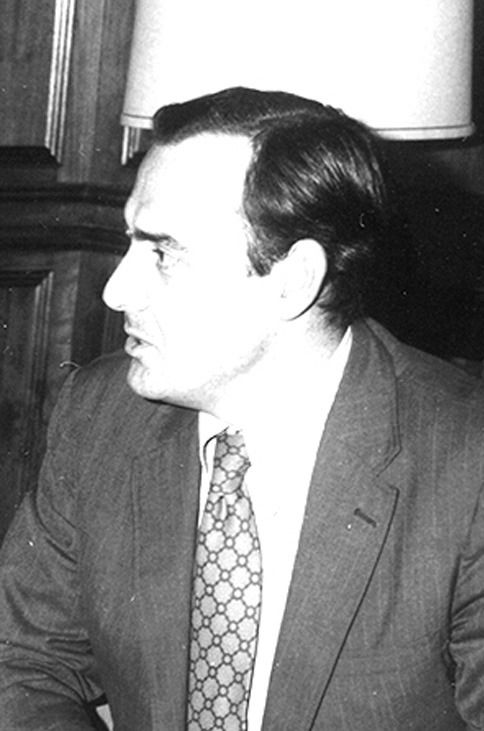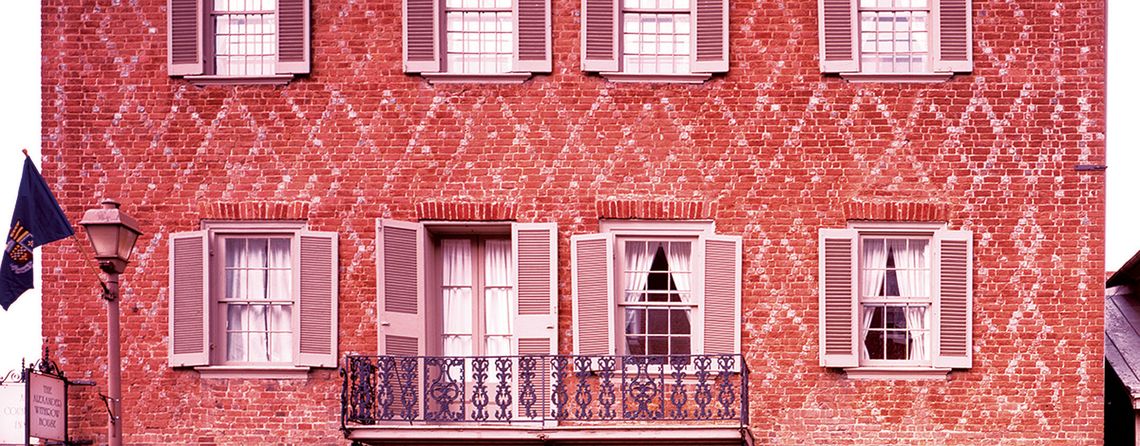An article about the architecture and history of Lexington’s Alexander-Withrow House by the late Royster Lyle Jr., a leader of 20thcentury historic preservation, has been published in the “Rockbridge Epilogues” series.
The article examines the building’s 18th- and 19thcentury ownership and commercial life. Made of brick, which was not customary at the time, it was one of the few structures that survived the Great Fire of 1796, and today is a widely recognized icon of Lexington and the so-called renaissance of downtown Lexington. That effort was spearheaded by Historic Lexington Foundation, which Lyle helped found in 1966, which he led for decades until his death in 2007 and in whose archives his article was found.
In addition to his preservation role at HLF, Lyle had been associate director and secretary of the George C. Marshall Research Foundation even before it officially opened its library on the VMI post in 1963. He was also credited with saving House Mountain from the prospect of development and with leading the establishment of the Chessie Trail and Woods Creek Park.
With co-author Pamela Simpson and photographer Sally Mann, he was responsible for the book “Architecture of Historic Lexington,” published in 1977 and still in print as the authoritative source of information about the area’s most distinctive and historically important buildings.
The Alexander-Withrow House was built in 1789 by William Alexander, a prosperous county merchant. It became the town’s first post office and eventually a newspaper office, bank, haberdashery and grocery store. In 1875 it was bought by Jack Withrow, whose daughters, Margaret and Lucy, operated a school in its upper rooms for many years. Today it is part of The Georges.
The “Epilogues” series was established in 2016 under the informal sponsorship of the two historical organizations, HLF and the Rockbridge Historical Society. Visitors can read or download all 46 articles including Lyle’s at www.HistoricRockbridge. org.

THIS LIBRARY of Congress photograph shows the diamond pattern in the Alexander-Withrow House brickwork. Royster Lyle writes that the distinctively colored bricks were those closest to the heat source in the kiln used to make them and that the pattern may have been created by an itinerant bricklayer.

ROYSTER LYLE JR. in 1970.



